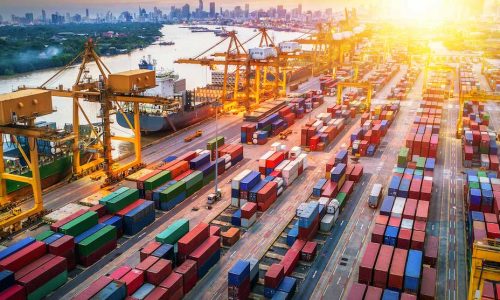
Preliminary January 2021 traffic figures released by the Association of Asia Pacific Airlines (AAPA) showed that airline operations are still depressed, as the spread of COVID-19 variants resulted in tighter border restrictions in international as well as domestic markets across the world.
Meanwhile, air cargo demand keeps improving as world trade starts to gain renewed momentum.
Asia Pacific airlines carried a combined total of 1.3 million international passengers in January, just 3.9% of the same month last year when 33.5 million passengers flew on the region’s carriers. Offered seat capacity was 12.1% of the January 2020 volume, while the international passenger load factor averaged 27% for the month, a significant 54 percentage point decline from the 81% achieved in the corresponding month last year, when traffic volumes were still relatively unaffected by the COVID-19 pandemic.
Growth in the e-commerce sector in the midst of further recovery in the global manufacturing sector lent support to air cargo markets. In January 2021, air cargo demand as measured in freight tonne kilometres (FTK) recorded a marginal increase of 0.3%, the first year-on-year growth in many months, partly boosted by higher demand for air shipments ahead of the Lunar New Year celebrations. Offered freight capacity fell by 25% year-on-year, reflecting the prevailing capacity crunch as a result of the decline in passenger bellyhold space. The international freight load factor averaged 71.6%, an 18 percentage point increase compared to the same month last year.
Commenting on the results, AAPA Director General Mr. Subhas Menon, said, “Renewed efforts to contain COVID-19 through lockdowns and border restrictions have again affected international passenger demand, which remains close to a standstill.”
Mr. Menon added, “The uneven roll-out of vaccinations across the world will only delay the full reopening of borders. In this extremely challenging operating environment, airlines are struggling to survive. While some airlines are receiving financial support, further assistance would be needed for most airlines to stay afloat, given that international borders remain largely shuttered.”
“Meanwhile, the industry is working with several stakeholders to prepare the ground for the sustained resumption of air travel, notably on contactless digitalized tools and passenger facilitation protocols to ensure a safe and seamless journey for travelers. The Asia Pacific aviation industry is committed to playing its part in the COVID-19 pandemic, through the carriage of time-sensitive cargo supplies especially vaccines, and the safe repatriation of residents.”

